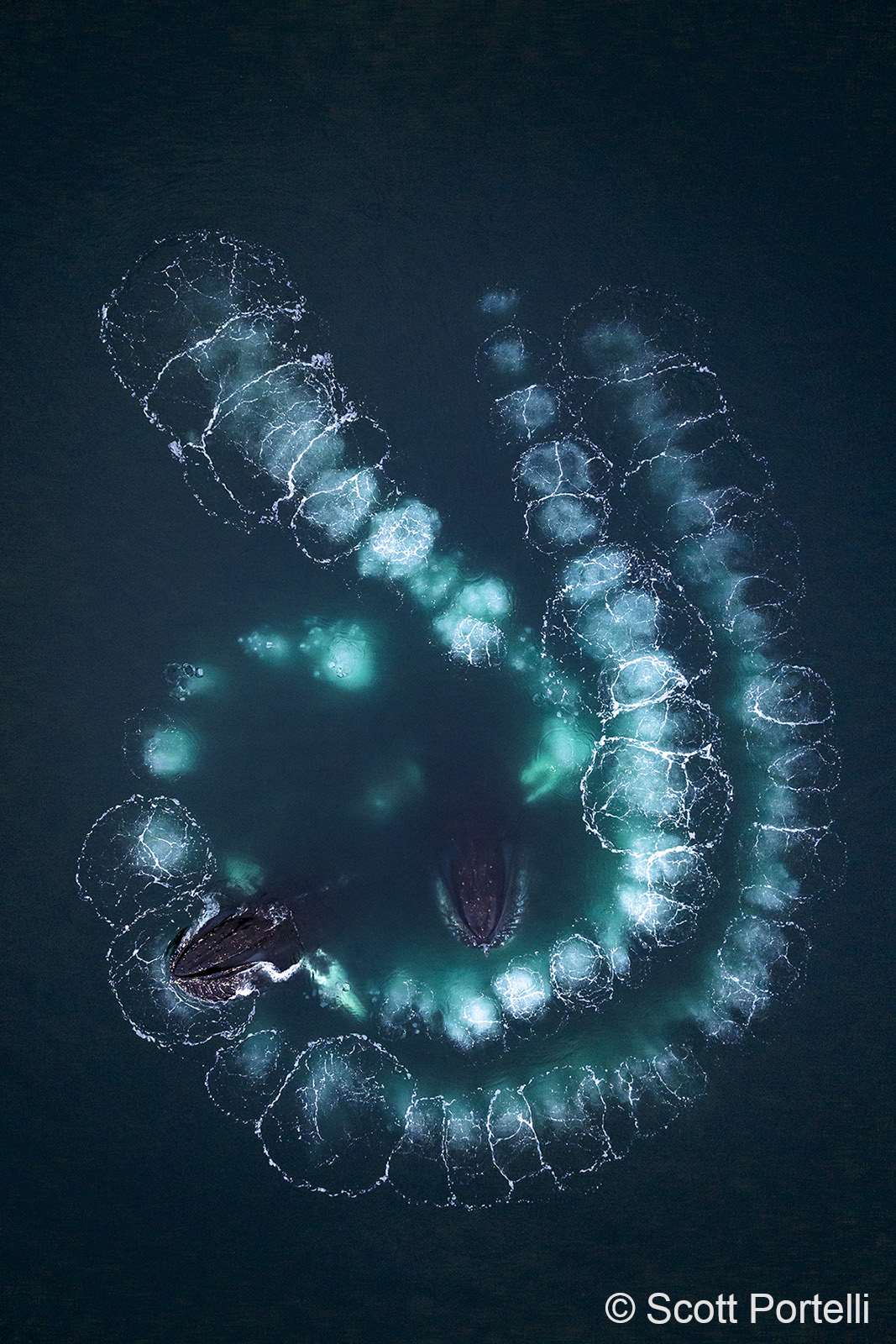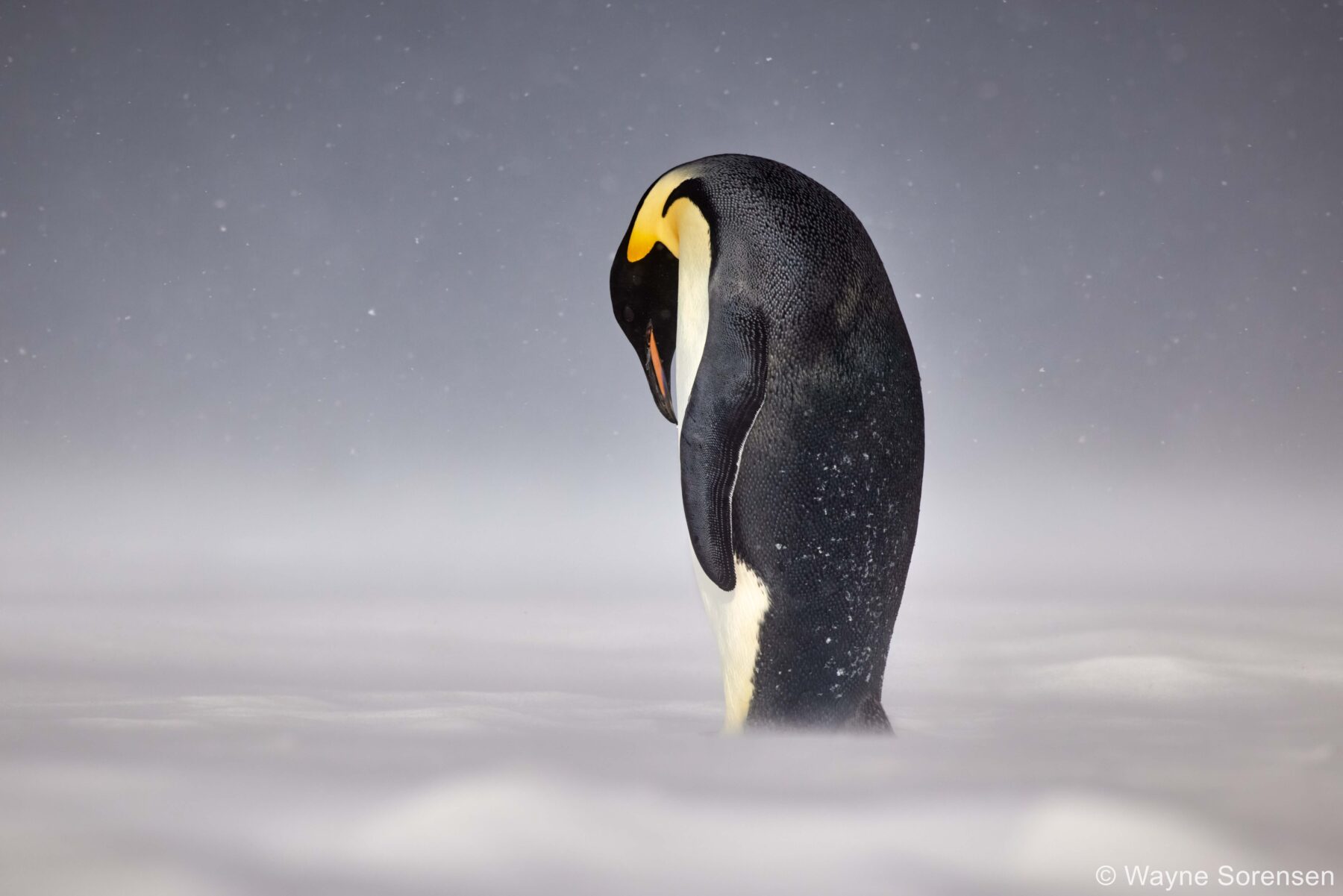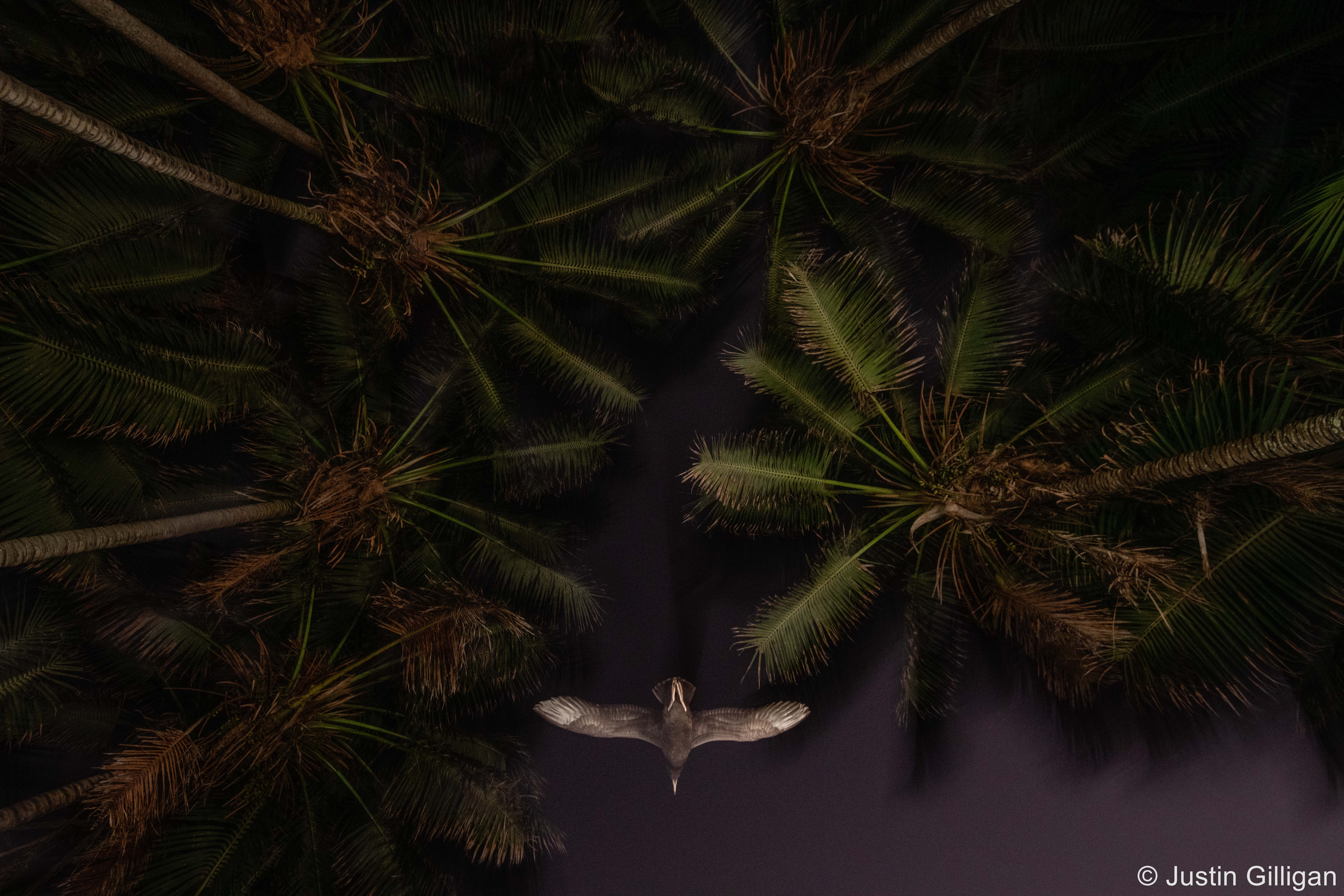Nicky Catley, Winners: 2024 Australian Geographic Nature Photographer of the Year, Australian Geographic, 29 August 2024
As the natural world continues to take a hit from climate change, biodiversity loss and other human-induced changes, the Australian Geographic Nature Photographer of the Year (AGNPOTY) competition reminds us, yet again, of the beauty and inspiration that surrounds us.
This year’s curation of AGNPOTY finalists recognises photographers who document rarely seen and astonishing animal behaviour, such as humpback whales bubble-net feeding, or show us scenes captured with a surreal intensity, such as David Dahlenburg’s vibrant landscapes. And we’ve included clever photographs that employ wit and humour, like Maya’s punk pelican, to make us feel connected to the subject.
We hope these photographs ignite your curiosity and wonder, as they did for us, offering artful windows into non-human worlds. They remind us that we must respect and care for nature, with an understanding that humans are not at the centre of existence, nor are they separate from other communities of life.
Overall Winner

Humpback whale (Megaptera novaeangliae).
Antarctica. DJI Mavic 3, Hasselblad, 1/120, f/2.8, ISO 800.
As part of a sailing expedition to Antarctica, I spent a month photographing the unique wildlife across this icy realm. Our vessel approached feeding humpbacks displaying bubble-net feeding. With snow falling and changing visibility, I captured the moment when two humpbacks emerged feeding through a collaborative bubble-net.
Judges’ comments: There is a sense of temporality to this photograph. The movement of the whales and their bubbles tell the story of a sequence of events; you can imagine what happened next. The photographer has used their drone to great effect, depicting the animal behaviour from above. There is poetry in this photograph – we love this one!
Portfolio Winner






Portfolio: Grotesque Beauty by David Dahlenburg, South Australia
Tailings dams have a sinister beauty – the colours are extraordinary. They often contain waste materials, such as toxic chemicals and heavy metals, which can harm birdlife and ground water. It’s estimated that there are around 18,000 tailings dams around the world.
Judges’ comments: This series of photographs addresses human impact on the environment, depicting a terrible beauty that is the often-unseen reality of mining. The photographer has paid great attention to detail, colour and pattern in the creation of this strong collection. Repetition is part of its strength.
Animals in Nature
Winner

Emperor penguin (Aptenodytes forsteri)
Ross Sea, Antarctica
Canon R5, Canon EF400mm f/4 DO IS II USM + Extender RF1.4X, 1/1600, f/9, ISO 500, handheld (supported by snow)
A lone emperor penguin on the fast ice in Antarctica’s far southern reaches of the Ross Sea. We encountered this magnificent bird as it emerged from the water, pausing to preen its feathers. The conditions were extreme, with snow swirling around in 50-knot winds and –20°C temperature.
Judges’ comments: The lighting in this photograph is subtle, ever-so-slightly pink, but it still maintains the colour of the bird. It’s a perfect portrait of this emperor penguin.
Runner-Up

Flesh-footed shearwater (Ardenna carneipes)
Lord Howe Island, New South Wales
Nikon D850, 16-35mm, 1/8, f/6.3, ISO 2000, Profoto A1 flash, handheld
A flesh-footed shearwater soars through endemic kentia palms at sunrise on its way to forage at sea for its fledgling. A weak flash was placed facing the rear of the departing bird, and images were only created once the bird had departed clear of the palms.
Judges’ comments: This is a photograph that takes you by surprise and challenges the viewer to look twice. It turns composition as you might expect it on its head with an unusual perspective of the passing bird and towering palms.
SEE ALL THE WINNERS HERE
See also: Photographers capture awe-inspiring beauty of natural world

